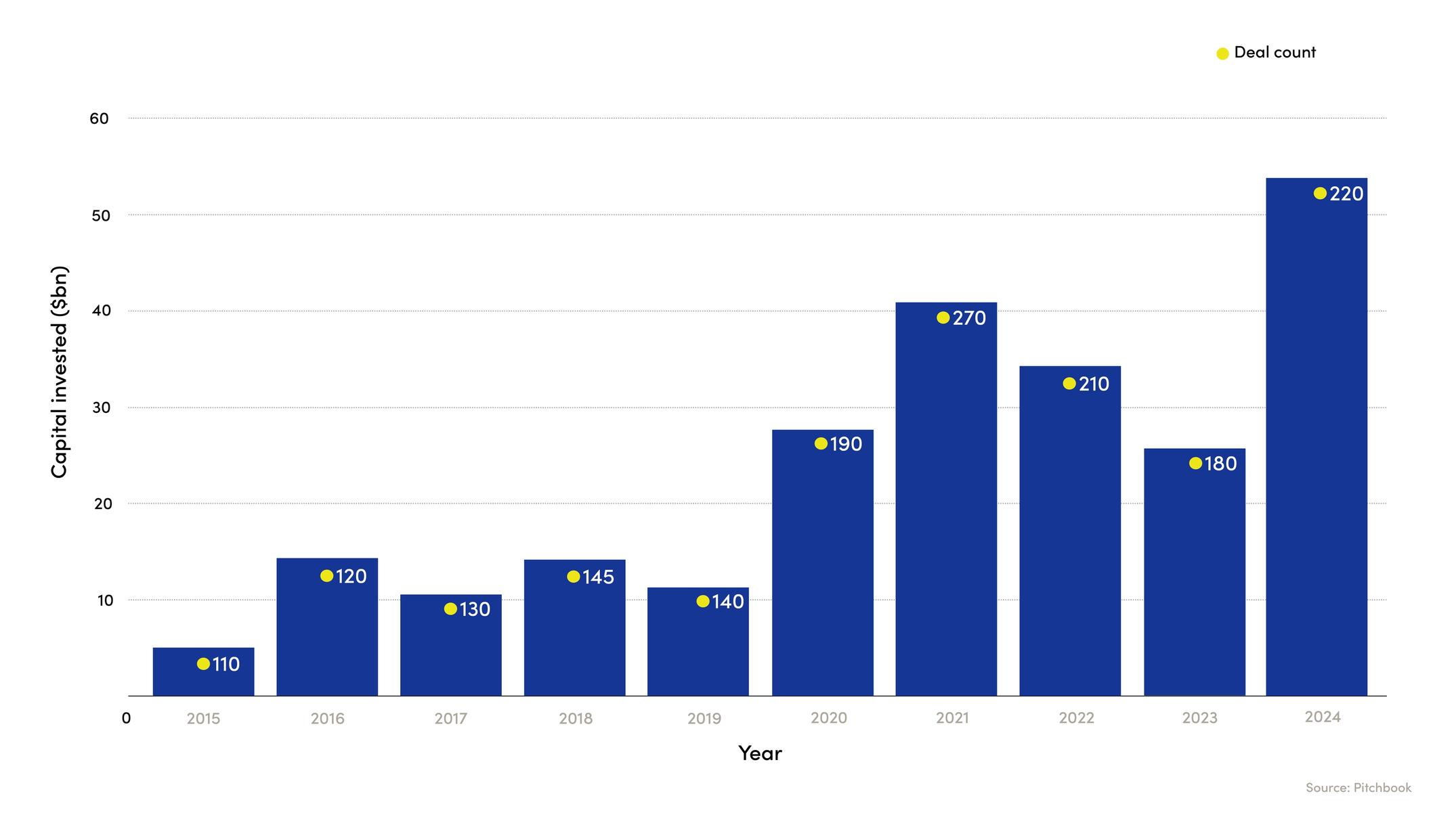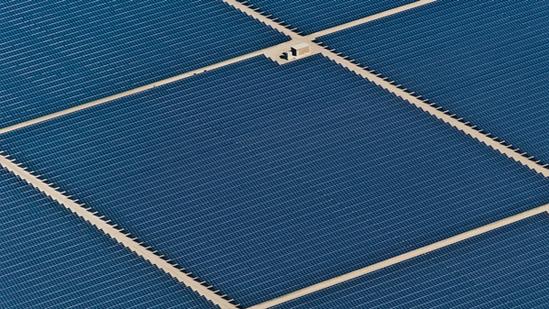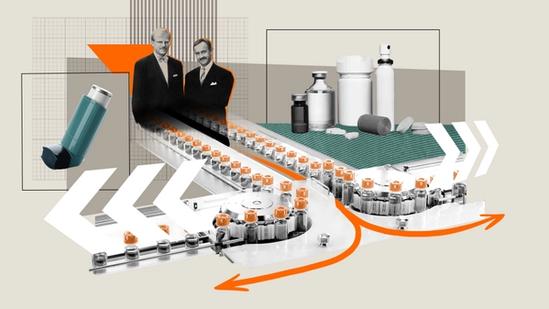What Makes Infrastructure Infrastructure?


An asset class that’s defined by its predictable risk profile and attractive returns, infrastructure is key to meeting society’s changing needs. Asis Echaniz explains EQT’s active ownership approach.
- From renewable energy generation to battery storage and data centers, infrastructure assets earn predictable cash flows by delivering essential services.
“You might have heard a lot lately about ‘infrastructure’ – the new ‘in’ word. Some of you might even ask exactly what it is. You and I come by road or rail. But economists travel on infrastructure.” So joked Margaret Thatcher, the British prime minister, to a Conservative Women’s Conference in 1985.
Thatcher’s government was part of a global wave of privatization of state-owned assets in industries that provide basic services to the public, such as telecommunications and natural gas. This policy push heralded the dawn of infrastructure investing.
Forty years later, the simple definition of infrastructure remains fundamentally the same. As much a risk profile as an asset class, infrastructure assets deliver essential services to society while providing investors with predictable cash flow and downside protection through contracts and significant asset backing.
What has changed, though, is society’s needs. While capital was previously needed chiefly for assets like roads, railways and airports, today there’s a huge long-term requirement for green power for the energy transition and data centers for artificial intelligence (AI). That means the type of assets included within infrastructure has widened.
“The beauty of the asset class is that we invest in companies providing an essential service and that have tangible value creation potential, but at the same time have downside protection elements via cash flow visibility and stability, barriers to entry and asset backing,” explains Asis Echaniz, an EQT infrastructure partner. “The predictability of that cash flow stability normally comes from long-term contracts, with an inflation hedge that’s been very important over the past few years.”
Billions for data centers
There is a huge need for capital, with up to $6.5tn per year required globally by 2050 to pay for clean energy and its enabling infrastructure alone, according to McKinsey. Turning to data centers, the biggest can already cost more than a billion dollars to construct. With many Western countries struggling to balance public finances, this adds up to a substantial multi-decade investment opportunity.
The energy transition requires a wholesale transformation of electricity infrastructure. For instance, the intermittent nature of wind and solar power generation creates a need for stabilization of the power grid through battery storage. Further, the ongoing electrification of transport and logistics will only succeed if charging networks are rolled out in parallel.
For its part, the rise of AI demands massive investment. The digitization of society will require new data centers to host computing capacity and a new generation of fiber and mobile networks to connect the centers to the end consumer.
Avoiding offtake and technology risks
Like any far-reaching evolution, there are risks to mitigate. Just as most infrastructure assets over time have been supported by long-term offtake contracts, so these contracts should underpin the revenues of energy transition assets and data centers. Additionally, the journey towards net zero depends on an enormous amount of technological innovation, but infrastructure investors generally avoid technological risk.

Completed private equity investment in data centers (Source: PitchBook)
“We would not incur in meaningful capital expenditure on a data center, for example, if there weren't a solid offtake contract backing the revenues,” explains Echaniz. “We seek to lock in project economics with great certainty from day one, before we decide to invest at scale. Some new infrastructure projects are underpinned by newer technologies that need to be assessed. EQT Infrastructure will only invest if such technology is fully proven from a technical standpoint and has had some commercial track record, which typically means that it doesn’t need to be supported by subsidies or similar schemes to achieve positive unit economics.”
Anticipating change
Modern infrastructure as an asset class is far from static, and anticipating change is key. For instance, it is clear that the digitization of society depends on high-speed internet connections capable of reliable data transport, but the scale of change needed was less obvious in 2017 when EQT invested in GlobalConnect, a Danish fiber telecom company. GlobalConnect has since grown to carry more than half of all data traffic in and out of the Nordic countries.
In another example, some of the energy transition’s opportunities were not on infrastructure investors’ radar even a short time ago. However, as the energy industry attempts to decarbonize, battery storage is essential. In 2023, EQT acquired Statera, a UK battery storage and flexible generation infrastructure developer and operator, providing the capital for expansion, as well as its expertise in creating value in companies driving the energy transition.
“Throughout time, EQT Infrastructure has mostly generated equity value by developing businesses operationally,” says Echaniz. “That’s generating greater earnings power in those companies, reducing the risk by de-risking parts of the business model. We have an active ownership approach.”
In the view of EQT, though, not all ‘infrastructure-like’ businesses fit the defining risk profile. Crucially, that’s because they don’t all provide an essential service to society, which in turn often underpins the stable cash flows, predictable revenues and downside protection, explains Echaniz.
Margaret Thatcher’s joke may have stood the test of time, with economists still bewitched by jargon. As an asset class, infrastructure’s reflection of society’s needs has also remained, although those needs are evolving faster than ever and are set for growth over the decades to come.
ThinQ by EQT: A publication where private markets meet open minds. Join the conversation – [email protected]
On the topic ofSustainability
Exclusive News and Insights Every Week
Sign up to subscribe to the EQT newsletter.






